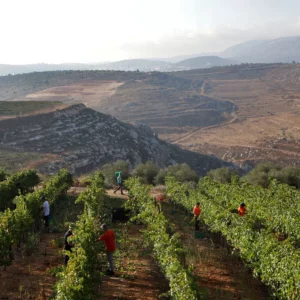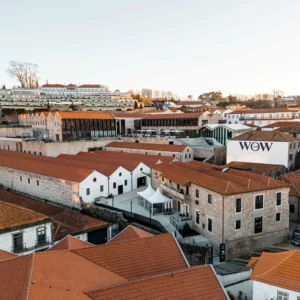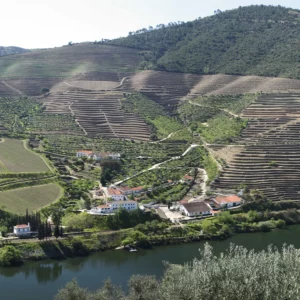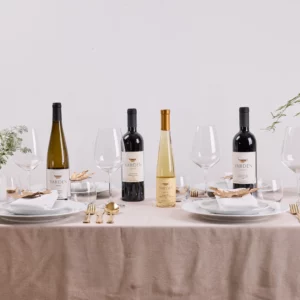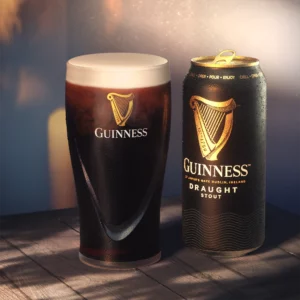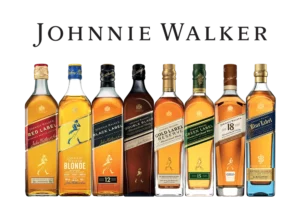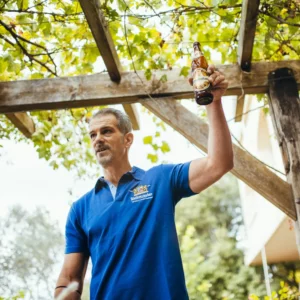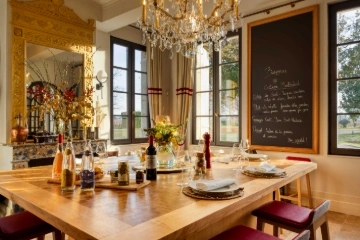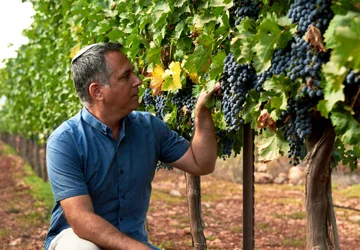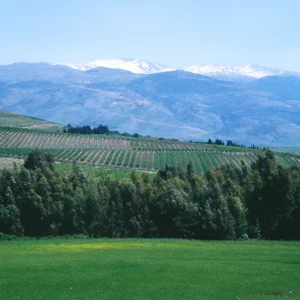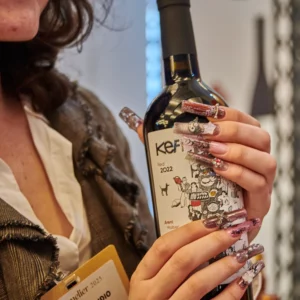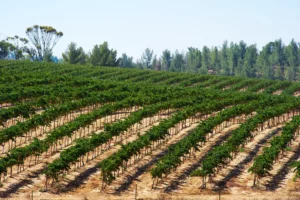There are four products that symbolize the culinary revolution in Israel more than any others: bread, wine, cheese and olive oil. The festival of Shavuot gives us the opportunity to enjoy all four together. It is, among other things, a harvest festival celebrating the first fruits and the grain harvest. As it is a tradition to eat dairy products, what could be more appropriate than to enjoy a selection of Israeli cheeses, a hunk of bread – with olive oil drizzled on it, of course – and washed down with some Israeli wines?
The focus on wine is Israel has always been skewed to red wines. Over the last 135 years, it is the red grapes like Alicante, Carignan and Cabernet Sauvignon, that have always been the most heavily planted varieties. There was a long time when red wines were better quality than the whites and the Jewish tradition always has had an inbuilt bias, or preference for red over white. Then there is the infuriating wine snob who pontificates with pride: “I only drink red wines”, as though that sets him apart as a wine maven, who really understands.
However, it is white wines which are more suitable for our hot, humid climate. They go better with our food…and are a more exacting test of the winemaker’s art than red wines. In Israel the history of white wines apart from sweet muscats, really began in the 1960’s when a semi dry, (more like semi sweet), wine called Carmel Hock was at its height. This was the first time a white wine led the Israeli wine industry. Now many remember it in association with spritzers, the great idea of adding soda water to a simple wine to make a refreshing long drink.
Then the concept of rose came to the fore in the form of a wine called Grenache Rose. It was also semi dry on the label, but sweeter to taste. Rose was then a middle man’s wine. A wine for someone who could not decide, because rose went with everything. It had a taste like a white wine with a color, and looked like a light red wine. It became a best seller in the seventies.
When the first varietals, (wines named after the dominant grape variety) were produced by Carmel in the late 1960’s and early 1970’s, there was a dry Sauvignon Blanc, a semi dry Semillon, and a Grenache Rose, along with a red Cabernet Sauvignon. In the 1970’s a new oleh hadash (new immigrant) arrived, which was to take Israeli wine by storm. It was Emerald Riesling, a cross between Riesling and Muscadelle, coincidentally created in 1948, the date of the founding of Israel, in California. It did not succeed anywhere, but in Israel, it became a sensation, and was the largest selling wine in the eighties and nineties.
When I made Aliyah in 1989, 75% of the wine were white wines. This was overturned after 1992 by the French paradox, the 60 Minutes program in the United States about healthy properties of red wine, and the new ability of winemakers to make simple red wines with the fruit and refreshing acidity of white wines without the astringency associated with reds. Thus, the percentage was soon overturned and Israel became a red wine haven again.
The turnaround in quality of white wines started in 1983. When the Golan Heights Winery produced the first Yarden Sauvignon Blanc it was referred to in America as “Israel’s first world class wine.” Before Yarden, Israeli whites used to oxidize quickly, yellowing after a few months on the shelves. The first Chardonnays arrived soon afterwards in the late 1980’s (Yarden and Carmel Rothschild in those days.) However as Israeli reds began to win awards on the world stage, Israeli whites still lagged behind.
I suppose it was at the turn of the millennium, in the 2000’s, that Israel really began to make white wines with typicity, a sense of place and real quality. Today red wine still dominates in volume, but Israeli white wines are coming back. They are of improved quality and of new interest to wine lovers.
During the Festival of Shavuot, we are encouraged to eat dairy products and it has become associated with white wines for a few reasons. Firstly, is the timing. It comes at the dawn of the long hot, unrelentless Israeli summer. Nothing better than white wines to combat those first hamsins. Secondly, for many, dairy means cheese. The natural partner for cheese is wine, yet it is not red wine that goes best with cheese, as is assumed by many, but white wine. So, the timing, the weather, culinary customs, and current trends, have all led to white wine being part of Shavuot.
Rose has gatecrashed the party too. If ever there was wine that symbolizes the Mediterranean for me, this is it. After the popular, but quite frankly not very high quality, Grenache Rose disappeared, rose went into the doldrums. People would avoid this style of wine like the plague. It symbolized the poor years quality wise. In the last ten years there has been talk of a rose comeback. Many wineries returned to rose, even some wineries started to make comparatively expensive roses. The turning point has really only come in the last few years which has seen wine lovers, even connoisseurs, return to rose.
White wines and roses from dry to semi sweet, form me Shavuot recommendations.
GALIL MOUNTAIN SAUVIGNON BLANC 2018. A Sauvignon Blanc from the Upper Galilee, made from a vineyard using coffee compost in a joint venture with Nespresso. It makes innovative public relations, but not sure it affects the wine though. However, it is a good value Sauvignon Blanc. Bright, bags of tropical fruit and good acidity. Refreshing. NIS 45
JERUSALEM, MONTEFIORE WINDMILL SAUVIGNON BLANC 2018. A crisp, fragrant Sauvignon Blanc, with some untypical but pleasant flowery notes in the aroma. On the palate though, it tastes like very true to the variety. Fresh & great value. It is produced by Jerusalem Wineries, whose innovative visitors center is at the Montefiore Windmill in Mishkenot Sha’ananim – Yemin Moshe, in the heart of Jerusalem. NIS 65
MUD HOUSE SAUVIGNON BLANC 2018. If you are a Sauvignon Blanc addict, then you may follow New Zealand. This has the aromatic concentration of tropical fruit, the great acidity and refreshing quality associated with the best New Zealand Sauvignon Blancs, but it is also a great price. Other recommended Kiwi Sauvignon Blancs are Matua, with its sky blue label and Astrolabe. NIS 60
SEGAL FREE RUN CHARDONNAY 2018. The first signs of a quality upturn in the Barkan-Segal juggernaut, the largest winery in Israel, are a series of wines launched under the Segal label. This modern style Free Run Chardonnay, is well balanced with good fruit and pleasing subdued notes of oak in the background, and is made by the good acidity. Highly drinkable and not expensive. NIS 60
COVENANT ISRAEL BLUE C VIOGNIER 2018. Undoubtedly one of the finest Israeli Viogniers, with a striking blue capsule and large blue C on the label. It has classic Viognier notes, apricot, maybe white peach, has a pleasing mouth feel, and unlike many Viogniers, it has an excellent acidity. This Israeli winery, which sources fruit from the Upper Galilee and Golan Heights, is owned by the charismatic Jeff Morgan, whose Californian Covenant is one of the most celebrated wines in the kosher world. NIS 110
TABOR ADAMA ROUSSANNE 2018. A great white wine. Tabor Winery is really a white wine specialist. More herbal in aroma that fruity, with broad flavor, good complexity and a refreshing finish. It is one of the better wines from this variety I have tasted. Tabor has reverted to ‘ecological viticulture’ reintroducing wildlife in their vineyards, preserving nature and the local environment. NIS 60
GOLAN HEIGHTS, HERMON MT HERMON WHITE 2018. For so many years this has been a reliable banker, which never lets the side down. Crisp, dry, fragrant and refreshing. In the late 1980’s, when I first came across it, it was called Golan Mt. Hermon White. For many years it was under the brand Yarden. Now it is under the Hermon label. Whatever the name, Mt Hermon White always stands up to quality scrutiny, and represents better value than ever. NIS 30
TEPERBERG INSPIRE FAMITAGE 2018. This is a really pleasant, fruity, easy drinking, nicely balanced wine. It is an intriguing blend of Dabouki, Sauvignon Blanc, and Gewurztraminer. No one varietal character stands out, but it very drinkable. Dabouki is one of those interesting Holy Land varieties, that preceded all the international varieties here. NIS 75
CARMEL TWO VATS 2018. A very aromatic, grapey semi dry blend made from Muscat, Gewurztraminer, Viognier and Colombard. More Muscat than Gewurz, but flavorful, tasty with pronounced sweetness. Recommended because I acknowledge there is a distinct demand for this sort of wine. NIS 55
HAYOTZER VIRTUOSO GEWURZTRAMINER 2017. A semi dry, classically aromatic Gewurztraminer with spicy notes. It is not too sweet and has a pleasant balancing acidity. Flavorful, yet focused. This is one of the finest in Israel from this increasingly popular variety. NIS 50
1848 SECOND GENERATION GEWURZTRAMINER 2018. This is newly released, very aromatic…and semi sweet (like Blue Nun.) Those that prefer more sweetness in their wines will love it. From the underrated 1848 Winery, a small winery, owned by a family that has been making wine for 170 years. NIS 60
YATIR ROSE 2018. One of the premium style roses, produced by one of Israel’s leading wineries, made from Grenache, Mourvedre and Tempranillo. It has a pale pink color, delicate berry fruit and piercing acidity. Refreshing just to look at it. Yatir Winery is situated at Tel Arad in the north eastern Negev. NIS 95
As I visit the annual White Wine Festival at the Herzliyah Marina, I will reflect on the journey of white wines in our country and delight in the fact that at last, it is all right to enjoy white.”
Adam Montefiore has advanced Israeli wines for over thirty years and is referred to as the ambassador of Israeli wine. He is wine writer of the Jerusalem Post. www.adammontefiore




